
Table of Contents
You know how crucial it is for a travel agency to attract customers. But how do you stand out from the crowd of competitors and make your tours memorable and appealing?
One of the key factors is choosing a catchy tour name. A catchy tour name can help you create a strong first impression, spark curiosity and interest, and convey the value and benefits of your tour. It can also help you with your marketing efforts. A catchy tour name is easier to remember and share on social media and word-of-mouth.
This article will show you how to choose a catchy tour name that will boost your travel business. Read on to discover the best tips and tricks for creating irresistible tour names!
Identify the Key Features of the Tour
One of the first steps to choosing a catchy tour name is to identify the key features of your tour. What makes your tour unique and different from others? What are the main attractions, activities, and experiences that you offer? Brainstorm a list of words and phrases that describe these features and capture their essence. For example, some key features of a tour might be:
- The destination: where are you taking your guests? Is it a popular or a hidden gem? Is it a city or a countryside? Is it a cultural or a natural site?
- The transportation: how are you getting there? Is it by plane, train, bus, car, bike, boat, or something else? Is it comfortable and convenient or adventurous and exciting?ư
- The duration: how long is your tour? Is it a day trip, a weekend getaway, a week-long vacation, or a longer journey?
- The group size: how many people are on your tour? Is it a private or a group tour? Is it a small or a large group? Is it a family-friendly or an adults-only tour?
- The theme: what is the main focus of your tour? Is it history, culture, art, food, wine, wildlife, adventure, wellness, or something else?
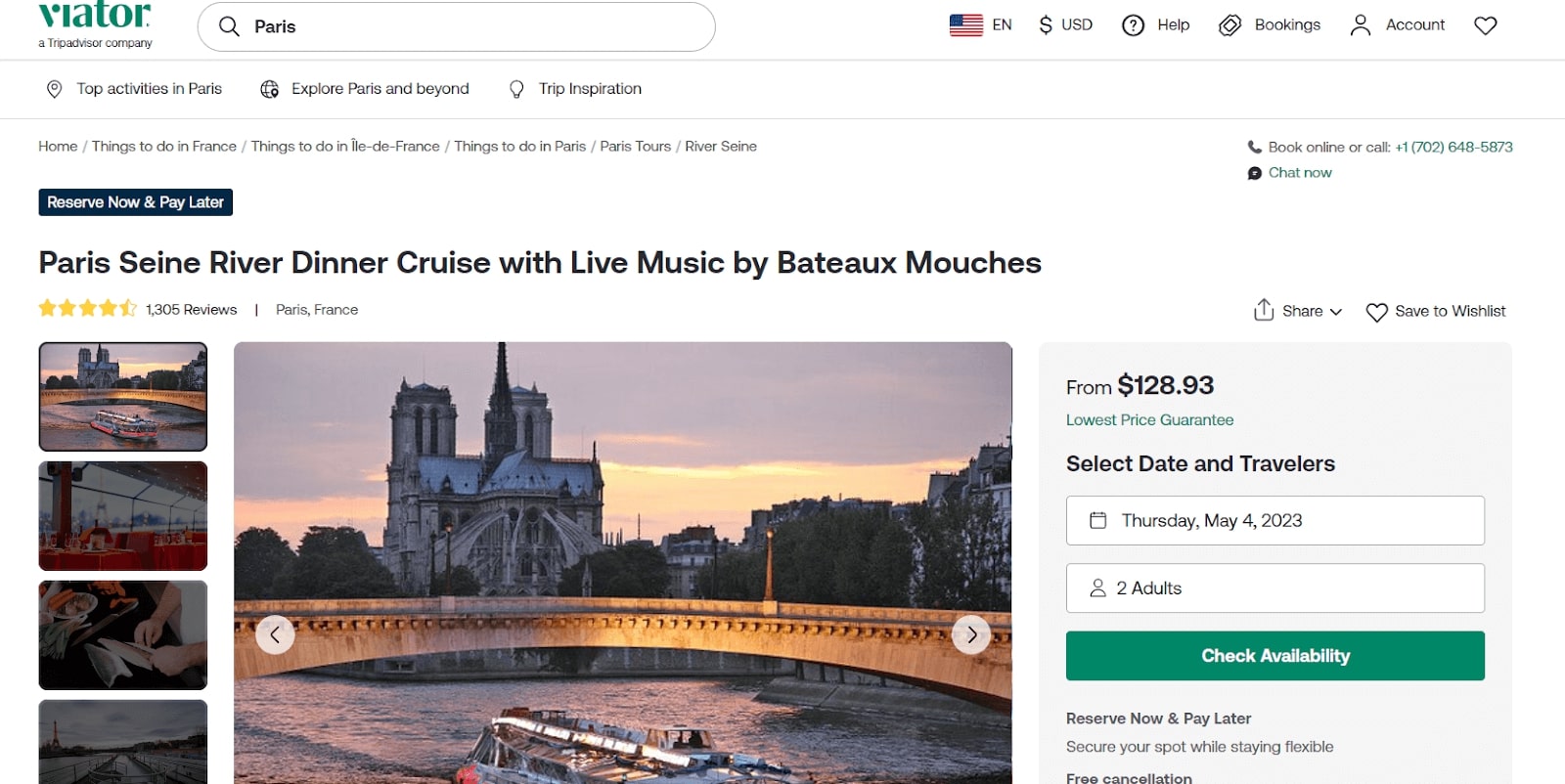
These are some examples of possible features that you can use to brainstorm tour name ideas. You can also use other sources of inspiration, such as customer reviews, competitor analysis, keywords research, and industry trends. The more words and phrases you have, the more options you will have to create a catchy tour name that reflects your unique value proposition.
Define the Target Audience
Another important step to choosing a catchy tour name is to define your target audience. Who are you trying to attract with your tour? What are their demographics, interests, preferences, and motivations? Knowing your target audience will help you create a tour name that resonates with them and appeals to their emotions. Some factors to consider when defining your target audience are:
- Age: how old are your ideal customers? Are they young adults, families, retirees, or something else?
- Income: how much money do your ideal customers have to spend on travel? Are they looking for budget-friendly or luxury options?
- Lifestyle: what kind of lifestyle do your ideal customers lead? Are they adventurous, relaxed, active, or cultural?
- Language: what language do your ideal customers speak? Do they understand English, or do they need translations?
- Culture: what cultural nuances do your ideal customers have? Do they have any preferences, values, beliefs, or customs you need to know?
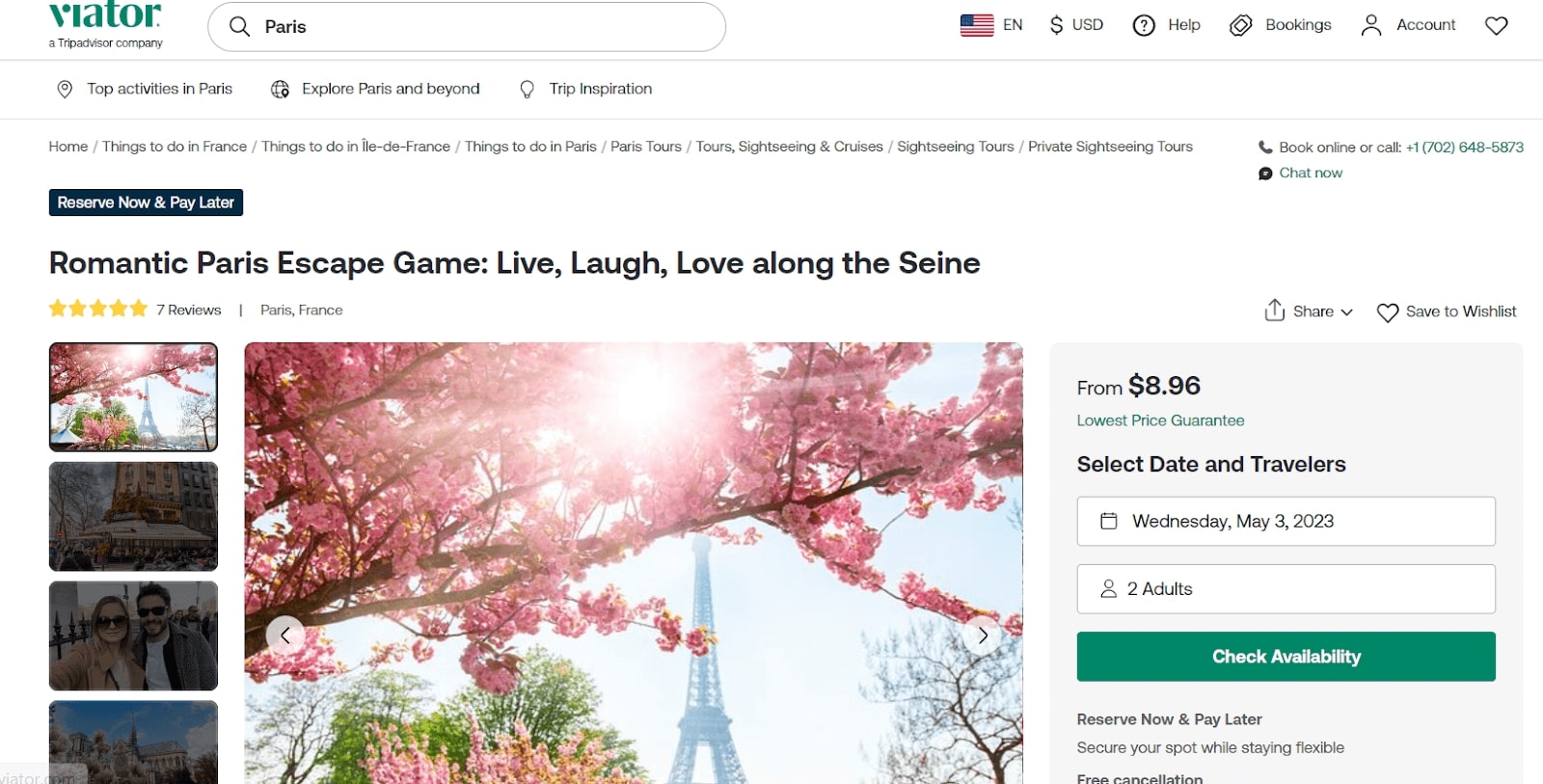
For example, if you target adventurous people, use words like “wild”, or “off the beaten path”. If target couples, use words like “dreamy”, “cozy”, “intimate”, or “love”. By defining your target audience, you can choose words and phrases that match their needs, and avoid any terms that might be offensive.
Use Wordplay and Clever Puns
One of the best ways to create a catchy tour name is to use wordplay and clever puns. This technique can make your tour name memorable, fun, and intriguing. It can also show your personality and sense of humor, which can help you connect with your target audience. Some examples of creative and catchy tour names that utilize wordplay and puns are:
- Rome-ing Around: a tour of the historical and cultural highlights of Rome
- Thai One On: a tour of the best food and drinks in Thailand
- Wine Not?: a tour of the finest wineries in France
- Trekking Awesome: a tour of the most scenic hiking trails in New Zealand
- Seoul Searching: a tour of the spiritual and cultural attractions of Seoul
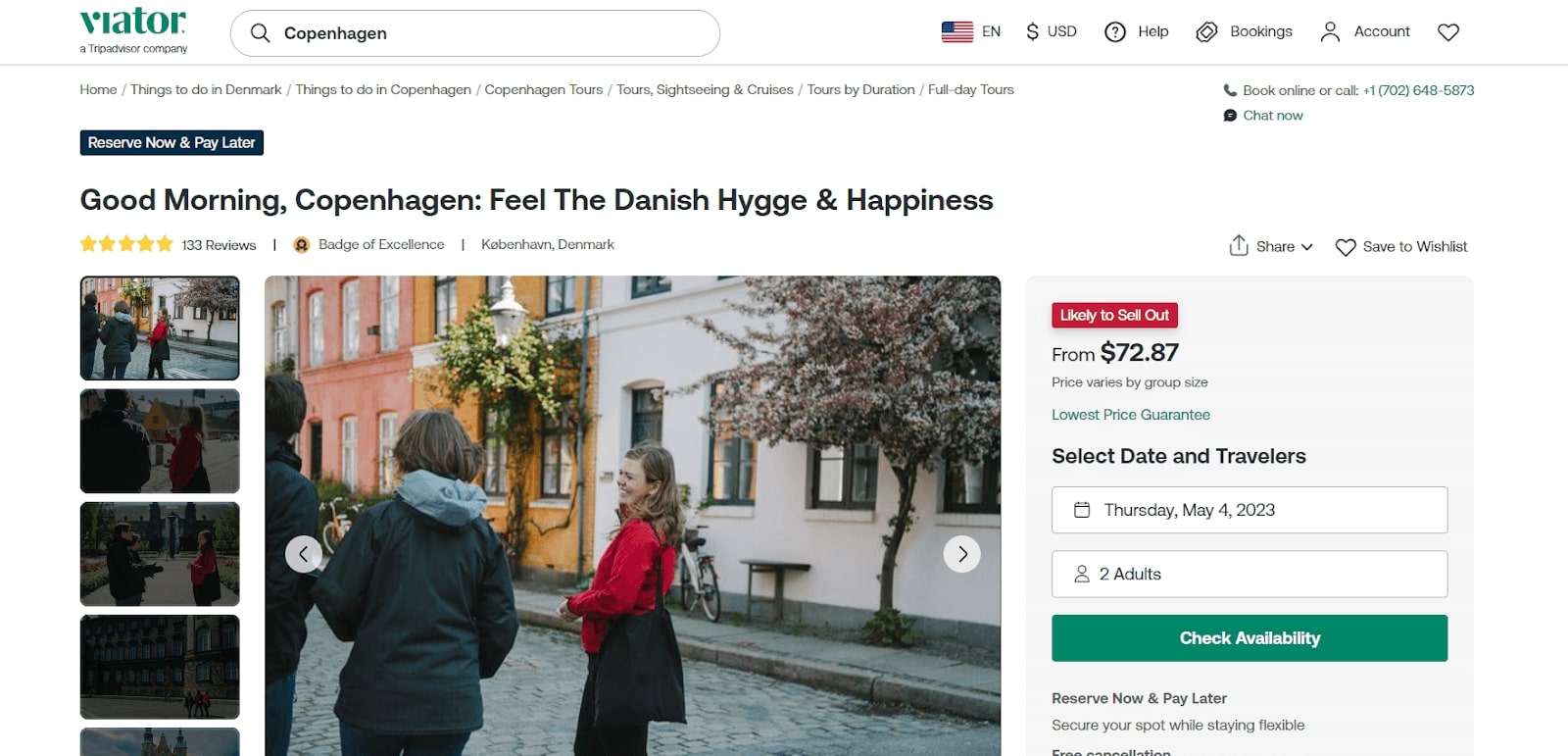
To use this technique effectively, here are some tips to keep in mind:
- Be relevant: make sure your wordplay or pun relates to your tour features, destination, or theme. Don’t use a wordplay or pun that has nothing to do with your tour or might confuse your audience.
- Be original: avoid using clichés or overused wordplay or puns. Try to create something fresh and unique that will stand out from the crowd.
- Be tasteful: avoid using wordplay or puns that might be offensive, inappropriate, or insensitive. Remember to consider your tar
Keep it Short and Simple
Another tip to create a catchy tour name is to keep it short and simple. A concise tour name is easier to remember, pronounce, and spell. It also helps you avoid cluttering your tour name with unnecessary words or details that might dilute your message.
A short and simple tour name can also convey a clear and strong value proposition to your target audience. Some examples of short and effective tour names are:
- Eat Pray Love: a tour of the culinary, spiritual, and romantic aspects of Bali
- The Big Apple: a tour of the iconic landmarks and attractions of New York City
- Northern Lights: a tour of the best places to see the aurora borealis in Iceland
- Machu Picchu Express: a tour of the ancient Inca citadel in Peru
- African Safari: a tour of the wildlife and nature of Africa
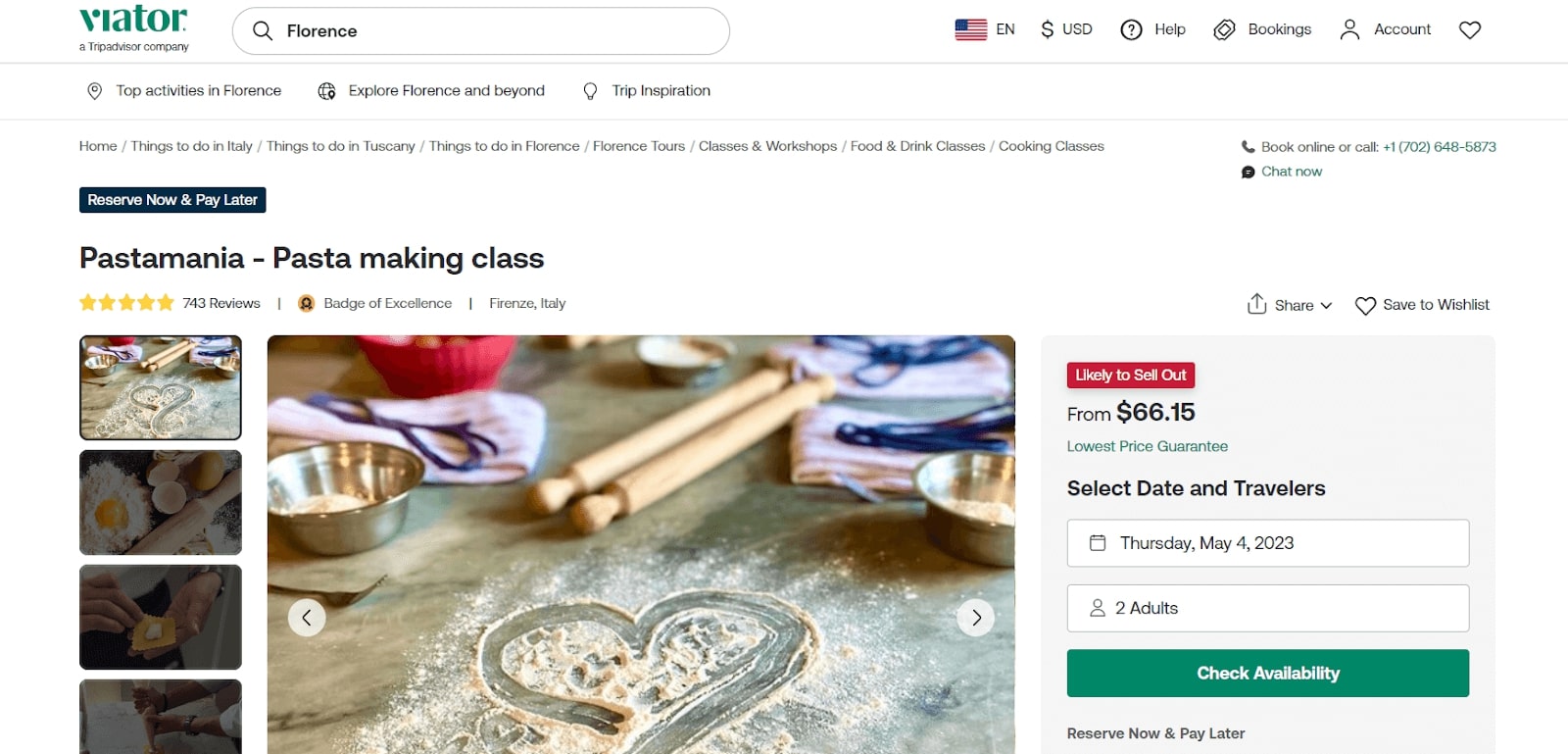
Here are some tips to keep your tour name short and simple:
- Use one or two words: try to limit your tour name to one or two words. If you need more words, use a colon or a dash to separate them.
- Use keywords: use relevant, descriptive, and appealing words to your target audience. Avoid jargon, acronyms, or generic terms that might be confusing or boring.
- Use alliteration or rhyme: use words that start with the same sound or end with the same sound to create a catchy and memorable tour name. For example, Paris in Pink, Wild West, or Costa Rica.
Use Emotional and Descriptive Language
One of the best ways to make your tour name catchy is to use emotional and descriptive language. Emotional language can help you emotionally connect with your potential customers and make them feel something when they read your tour name. Descriptive language can help you paint a vivid picture of what your tour offers and make your customers imagine themselves on your tour. By using emotional and descriptive language, you can create a tour name that is more engaging, memorable, and persuasive.
P/s: Experience the world like never before with TravelerWP – the multi-lingual WordPress travel theme that brings destinations to life through descriptive language. Unlock the power of captivating visuals and engage a global audience. Elevate your travel website today and embark on a journey of limitless possibilities. Join TravelerWP now!
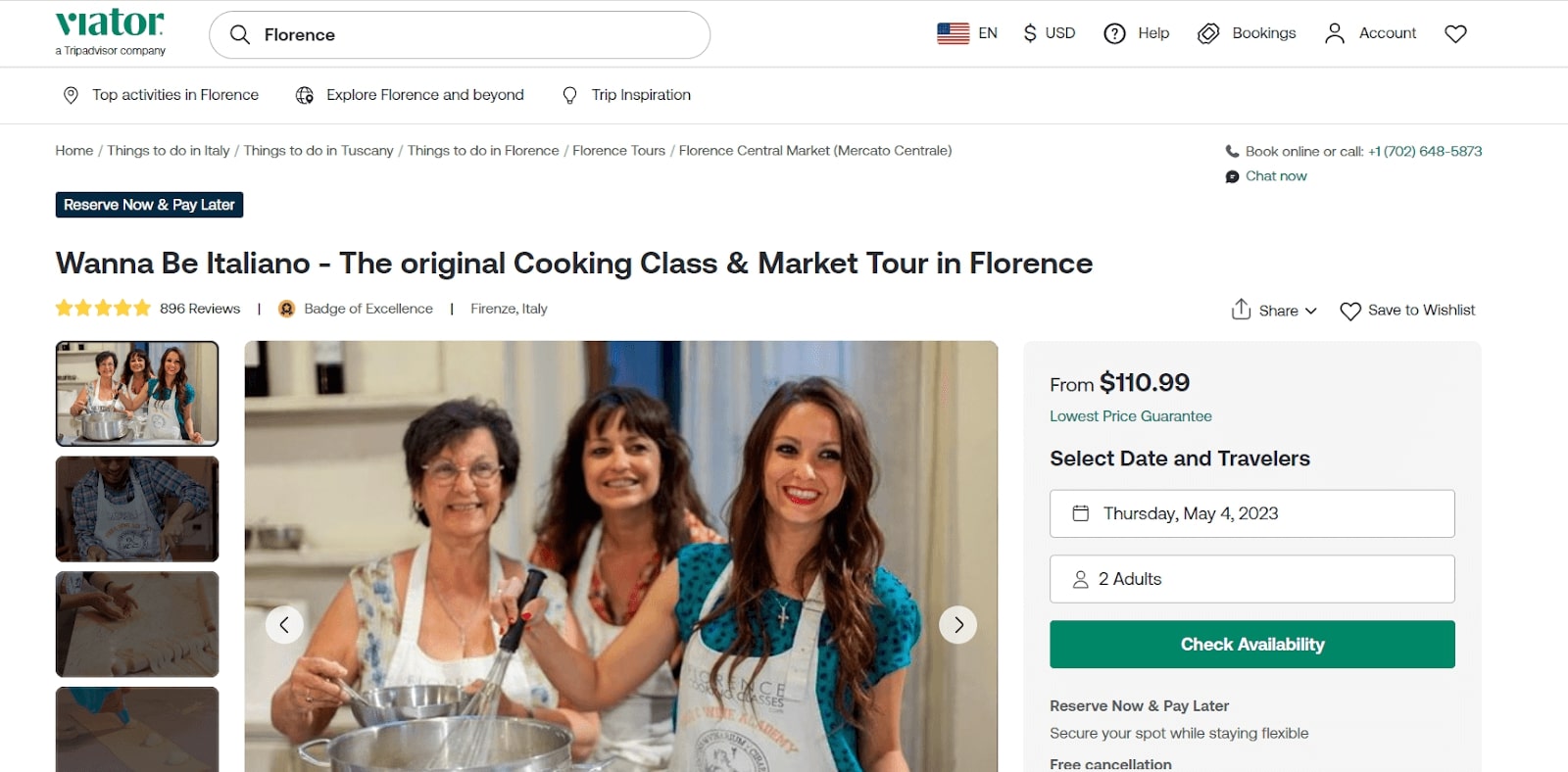
For example, consider the difference between these two tour names:
Paris Sightseeing Tour
Romantic Paris: A Love Affair with the City of Lights
The first is bland and generic, while the second is emotional and descriptive. The second one evokes feelings of romance, passion, and adventure and describes Paris as the city of lights, a common and appealing nickname. The second one also creates a sense of curiosity and intrigue, as the customers may wonder what kind of love affair they will have with Paris. The second one is clearly more catchy and appealing than the first one.
Some tips for using emotional and descriptive language in your tour name are:
- Use adjectives that describe your tour’s mood, atmosphere, or experience. For example, magical, thrilling, relaxing, etc.
- Use nouns that describe your tour’s destination, attraction, or activity. For example, paradise, adventure, safari, etc.
- Use verbs that describe the action or outcome of your tour. For example, explore, discover, enjoy, etc.
- Use words that appeal to the senses, such as sight, sound, smell, taste, or touch. For example, colorful, fragrant, delicious, etc.
- Use words that trigger positive emotions in your customers, such as happiness, excitement, joy, etc.
Avoid words that are negative, boring, or overused in your niche. For example, cheap, basic, standard, etc.
Consider the Tone of the Tour
The final factor to consider when choosing a catchy tour name is the tone of the tour. The tone of the tour refers to the style, personality, and attitude of the tour, and how it matches the expectations and preferences of your target audience. The tone of the tour can be formal or informal, serious or playful, educational or entertaining, etc. The tone of the tour should reflect the content, purpose, and value of the tour, as well as your travel agency’s brand identity and voice.
For example, if your tour is a historical and cultural tour of Rome, you may want to choose a tour name that is formal, serious, and educational, such as:
Rome: The Eternal City
Ancient Rome: A Journey Through Time
The Glory of Rome: Art, Architecture, and History
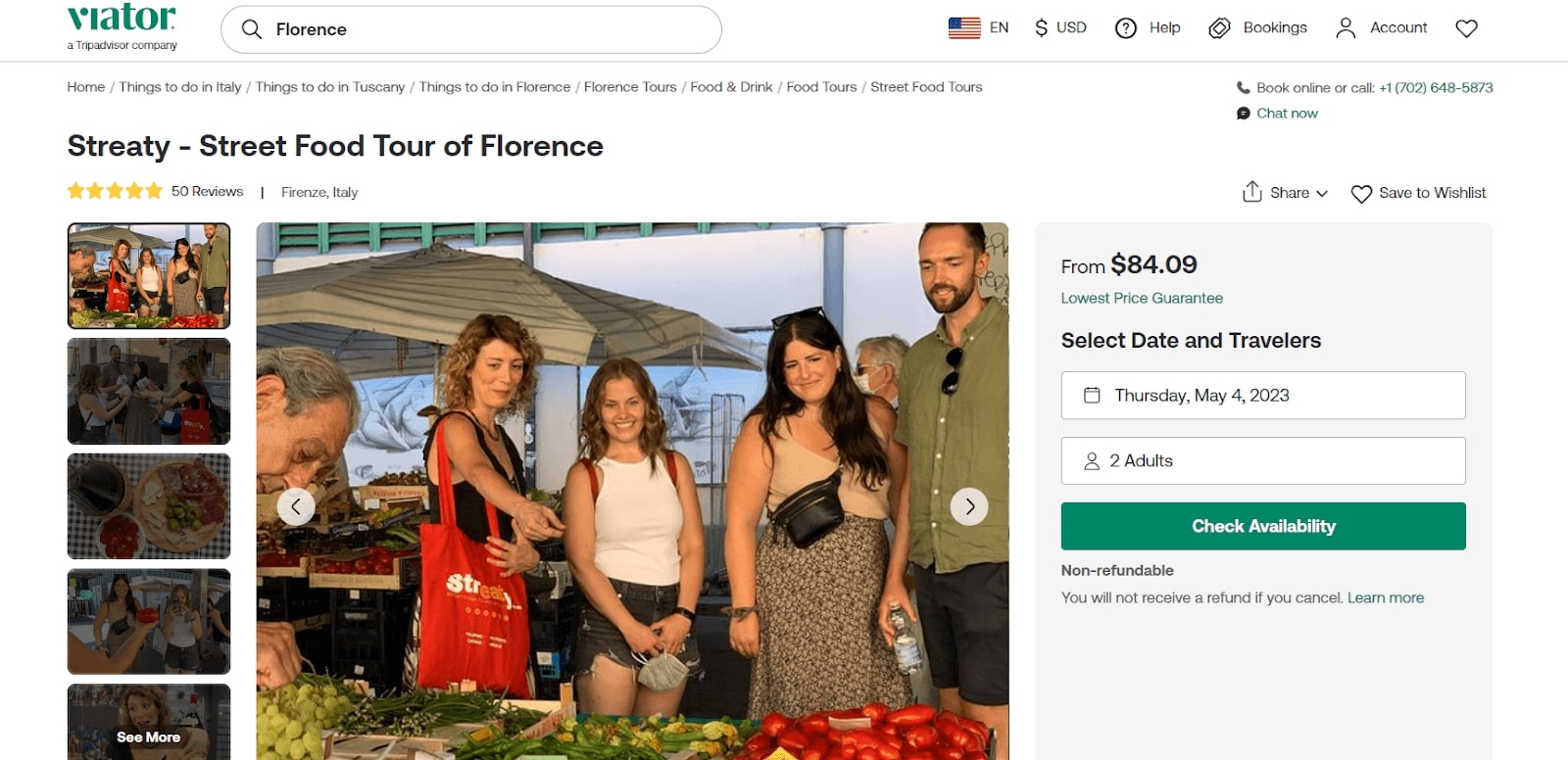
These tour names convey a sense of respect, authority, and knowledge and appeal to customers interested in learning more about the history and culture of Rome.
On the other hand, if your tour is a fun and adventurous tour of New Zealand, you may want to choose a tour name that is informal, playful, and entertaining, such as:
Kiwi Adventure: Explore New Zealand’s, Natural Wonders
New Zealand: The Land of Hobbits and Dragons
The Ultimate New Zealand Bucket List Tour
These tour names convey a sense of excitement, humor, and adventure and appeal to customers looking for a fun and memorable experience in New Zealand.
Some tips for considering the tone of the tour in your tour name are:
- Think about your target audience and what they are looking for in a tour. What kind of tone would appeal to them?
- Think about what your tour offers and what makes it unique. What kind of tone would match your tour content and value proposition?
- Think about what your travel agency stands for and how you want to communicate with your customers. What kind of tone would reflect your brand identity and voice?
- Choose words that convey the tone you want to create. For example, use formal words for a formal tone, casual words for an informal tone, etc.
- Avoid words that clash with the tone you want to create. For example, don’t use slang words for a serious tone, technical words for a playful tone, etc.
Conclusion
A catchy tour name is one of the most important aspects of marketing your tour. A catchy tour name can help you attract more customers, stand out, and create a memorable brand identity.
To choose a catchy tour name, you need to consider several elements. By following the 5 tips we mentioned above, you can create a compelling tour name that will capture the attention and interest of your potential customers. It will, for sure, make them want to book your tour.
So don’t wait any longer. Start creating your catchy tour name today and see the difference it makes for your travel business!
